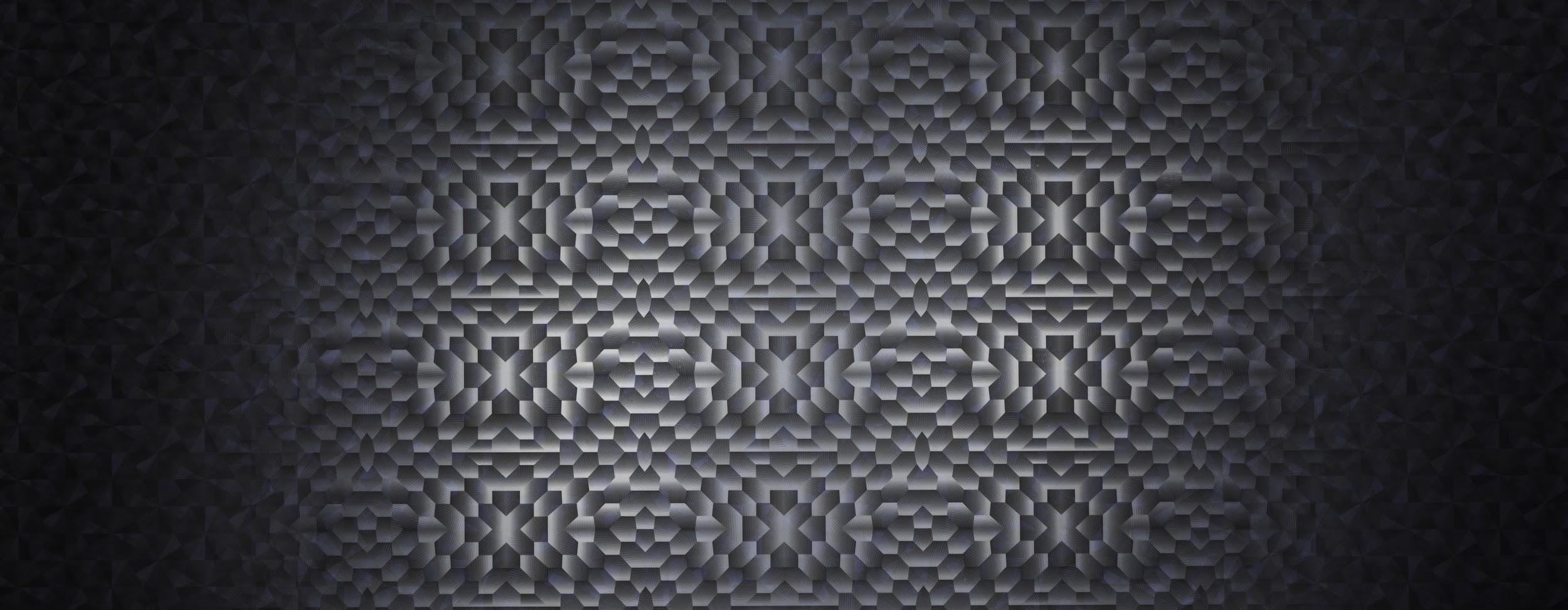The jury and the public have had their say — feast your eyes on the winners of Architizer's 12th Annual A+Awards. Subscribe to our Awards Newsletter to receive future program updates.
For centuries, fireplaces have been installed as a reliable source of space-heating, used to warm up cold days and dark nights. In their modern applications, however, fireplaces have transformed from a thing of necessity into one of visual interest and technological wonder. With such remarkable development comes some complex decision-making and an endless set of aesthetic and performance factors to parse out. Use this guide to help you select the correct, most efficient model for your design.
Search for Fireplace Manufacturers
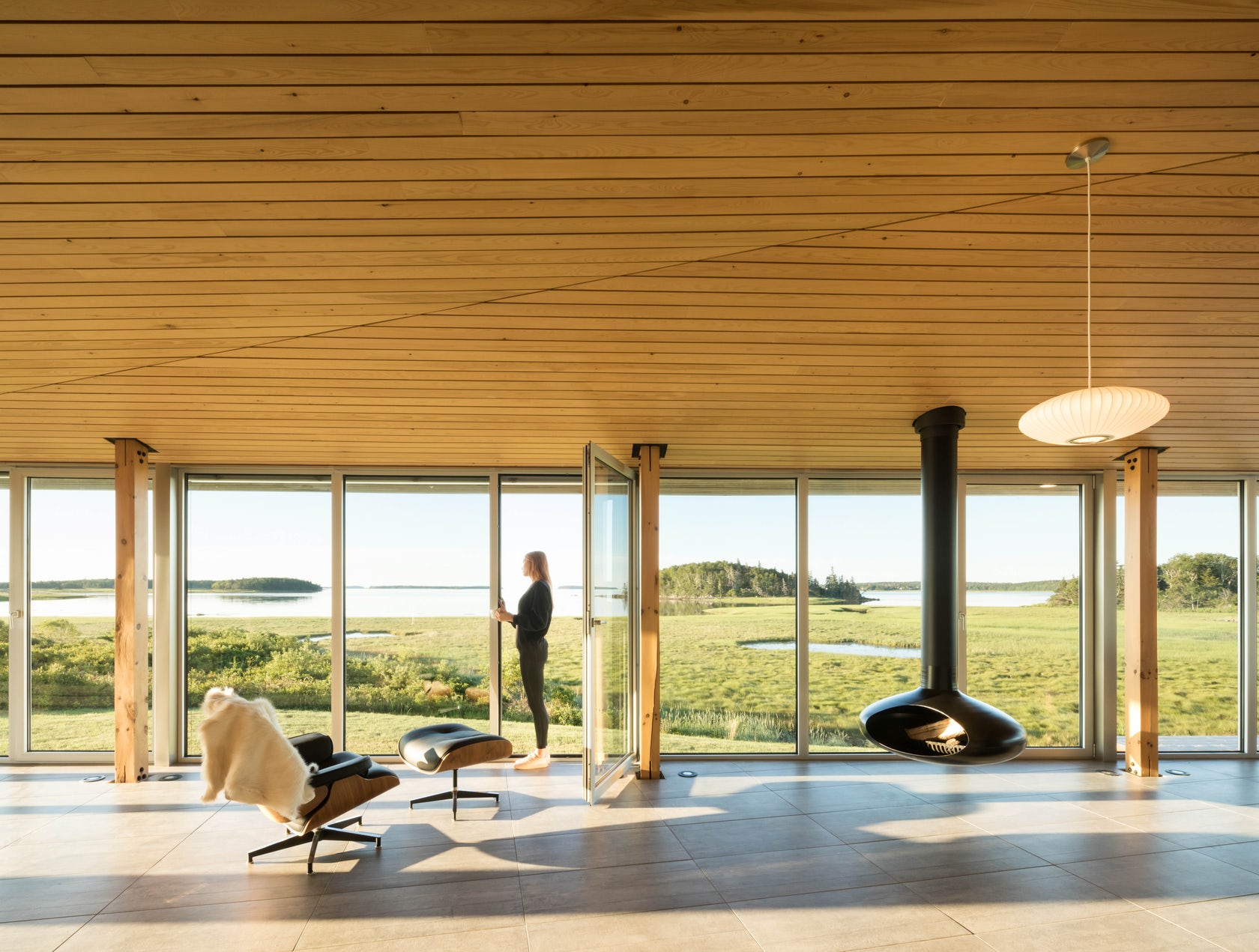
Sluice Point by Omar Gandhi Architect features a suspended fireplace that rotates based on user preference
Fireplace Systems
Wood Burning Fireplaces: Despite going somewhat out of fashion in lieu of their gas burning competitors, wood fireplaces add warmth, beauty and a dose of nostalgia to both indoor and outdoor spaces. When specifying a wood fireplace, be sure to consult with your manufacturer and provide them with sufficient information, including the space plan and whether or not there is a masonry chimney already in place. In addition, describe what you would like the fireplace to accomplish; should it serve as the focal point of a space or blend in, by conforming to the surrounding environment?
Wood fireplaces consist of two main functional components: the firebox and the chimney.
- Firebox: Available in many shapes and sizes, the firebox is the unit which houses the fire itself. In North America, two terms that you will likely come across when researching wood burning firebox models and fireplaces are traditional and EPA-certified. Traditional fireplaces are found in older homes throughout North America. Resulting in huge amounts of energy loss, traditional fireplaces are no longer considered efficient sources of heating. EPA-certified fireplaces are newer fireplaces that are factory-built and often constructed to resemble wood stoves. These models have been tested to have particulate emissions of less than 4.5 grams per hour.
- Chimney: Wood burning fireplaces are typically equipped with a masonry or prefabricated chimney. Masonry chimneys are constructed from noncombustible materials such as brick, concrete block or stone, and they are usually specified with concrete footings to support their weight. Today, masonry fireplaces are considered to be highly energy inefficient, since they lose up to 85% of the fire’s heat through the chimney. Prefabricated chimneys are generally cheaper and easier to install than masonry chimneys and — in most cases — do not have footing requirements.
As a result of smoke’s contribution to air pollution, certain states in the U.S. have placed restrictions on the addition of wood-burning systems in new constructions. Consult with your manufacturer, and think seriously about the effects that various systems may have on the environment, for decades to come.
Gas Burning Fireplaces: Today, gas burning fireplaces are a popular choice across many architectural typologies. Cleaner and more efficient than their wood counterparts, gas burning fireplaces are a great way to achieve the ambiance and heat of a traditional fireplace, without having to build or maintain a chimney. In addition, they are extremely convenient and offer easy operation for the user, since they can be started and controlled with the push of a button and possess an ever-present fuel supply.
Although gas burning fireplaces are often criticized for looking fake, manufacturers have devoted a lot of time and energy to producing a convincing yellow flame, which closely resembles the true flame of a wood-burning fireplace.
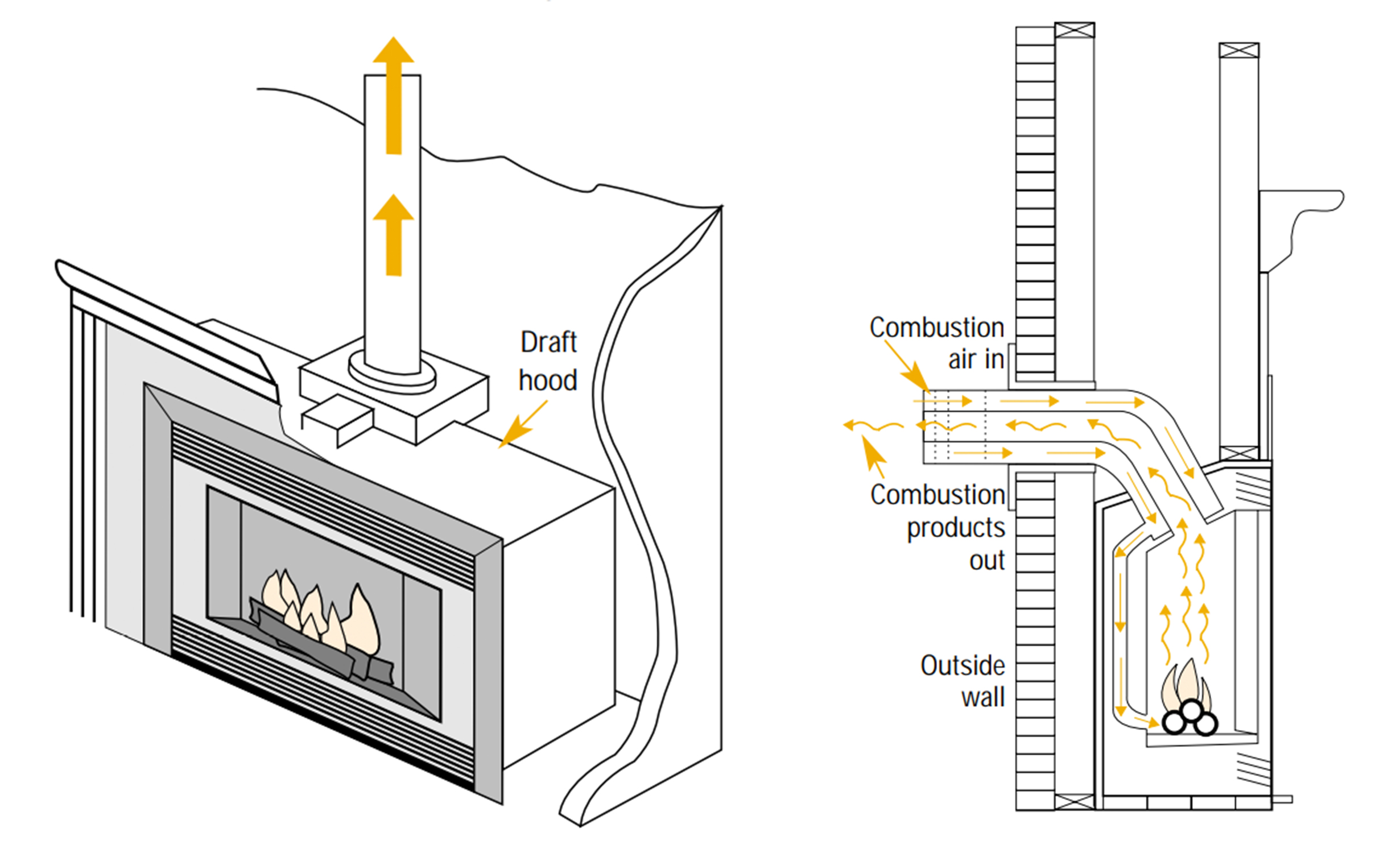
Left: Diagram of B-Vent gas fireplace; Right: Diagram of Direct Vent gas fireplace, images via Natural Resources Canada
Gas burning fireplaces commonly feature one of three types of vent-systems. In the case of Direct Vent and B-Vent systems, your manufacturer will be able to recommend the appropriate vent pipe requirements prior to the installation.
- B-Vent: Sometimes referred to as Natural Vent fireplaces, B-Vent fireplaces utilize a vent that is installed through the home, and terminates about the roof. As a result, these systems may require extensive installation and labor costs. Unlike Direct Vent fireplaces, which consist of a dual-pipe system, B-Vent fireplaces only consist of a single pipe. As a result, a larger amount of heat is lost through the vent; these units tend to only be about 35-50% efficient, which means that only 35-50% of the fuel consumed is converted into home heating.
- Direct Vent: Direct Vent fireplaces are fueled by either liquid propane or natural gas, and are completely sealed from the indoor air that is heated, in order to ensure proper combustion, efficiency and indoor air quality. Using a dual-pipe structure, Direct Vent fireplaces draw in outdoor air for combustion through one pipe, while venting all exhaust gasses out of another, towards the exterior of the structure. Venting can be coaxial or collinear and can go either through a sidewall or the roof. These units tend to be 75-85% efficient.
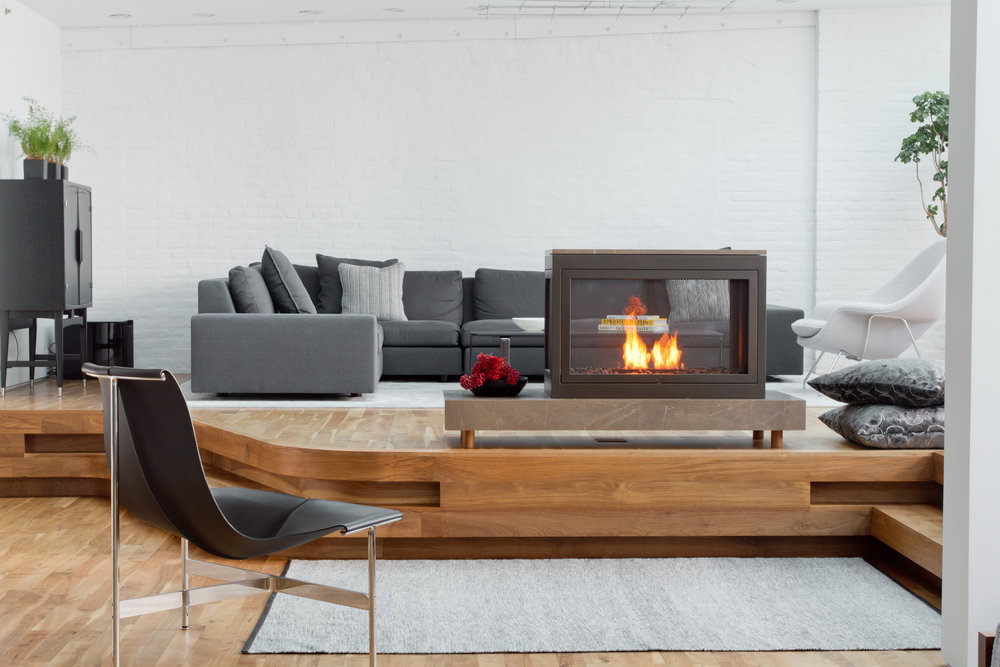
Ventless fireplace by Hearth Cabinet; image via Hearth Cabinet
- Ventless Fireplaces: Ventless fireplaces are fueled by gel, liquid propane, bottled gas or natural gas. They do not require a venting pipe, which means that they can be placed in locations that are inaccessible to vented fireplace constructions. They can even be hung on a wall, like a flat screen TV. Ventless fireplaces are typically easy to install and relatively cheap, since they do not require the added cost or labor associated with a vent pipe. Unfortunately, since ventless products expel a small amount of combustion fumes into the home, they may affect people who are sensitive to smells or have allergies. Ventless fireplaces can be more than 99% efficient, because all of the heat produced remains in the room. However, they banned in some US cities due to safety concerns.
Since gas fireplaces produce fewer combustion by-products than do wood-burning fireplaces, they are often considered to be much more environmentally friendly. In addition, gas fireplaces can be installed in conjunction with accessories that work to increase the system’s energy efficiency. These include turndown ranges and smart thermostats. If you are hoping to incorporate a fireplace into your next design, we recommend looking into gas burning options.
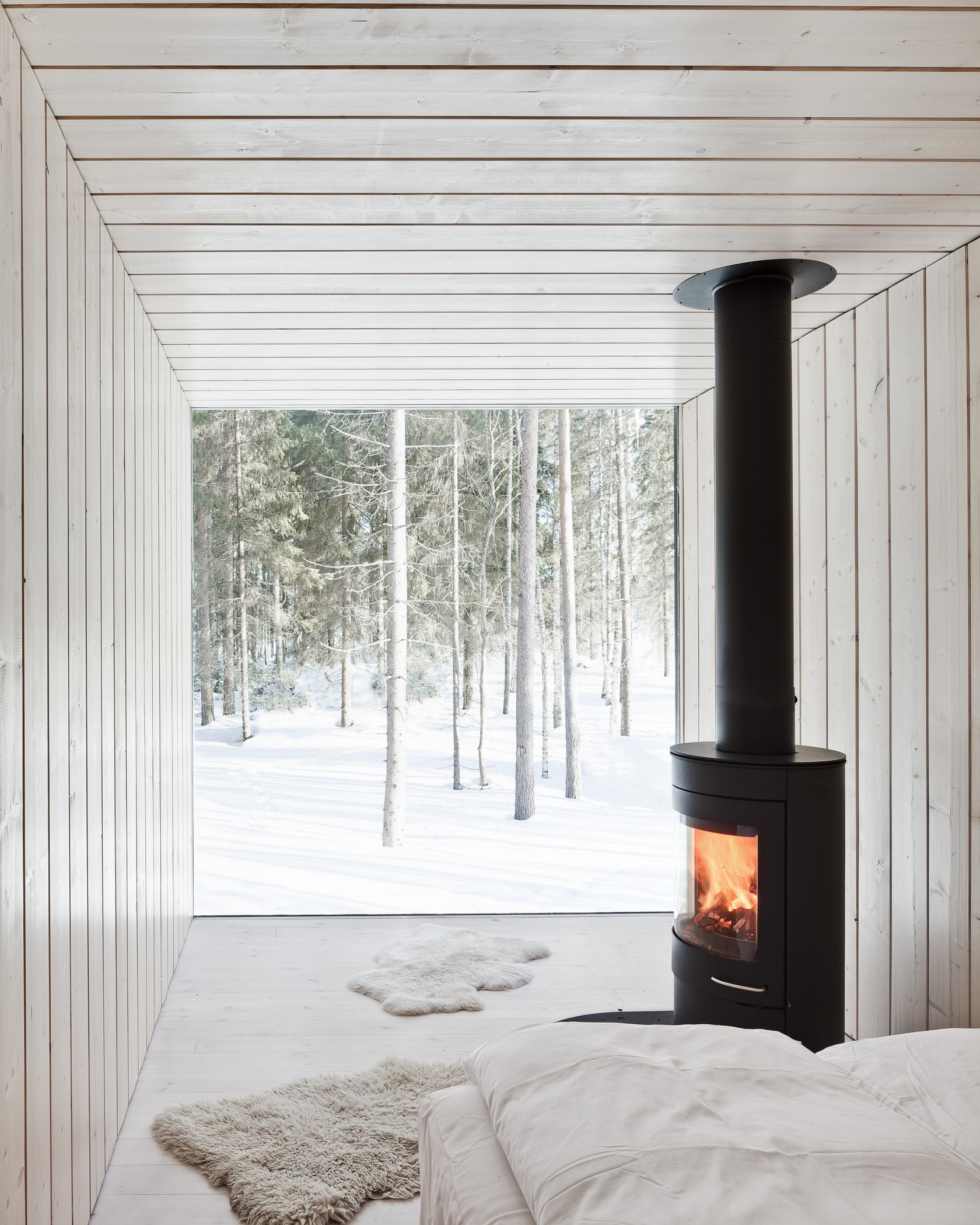
Four-cornered villa by Avanto Architects Ltd; fireplace by Scan
Performance
The efficiency performance of a wood fireplace is often more difficult to predict, measure and control than a gas fireplace. With wood fireplaces, it is important to think about the size of your firebox in order to harness the correct heat output and level of efficiency. Often times, larger units are wrongly specified, which can lead to decreased efficiency and a faster decay of the product itself. When a fireplace is too big, residents tend to burn fires at a low smolder to avoid overheating, which wastes fuel and causes greater air pollution.
As a rule of thumb, small wood fireplaces are best when heating a single room or a small loft or cottage space. Medium-size wood fireplaces are suitable in spaces with semi-exposed outdoor elements, such as screened porch areas or open-plan rooms with large windows. Large wood fireplaces are useful in cold climate zones and outdoor spaces, where air flow will carry heat away very quickly.
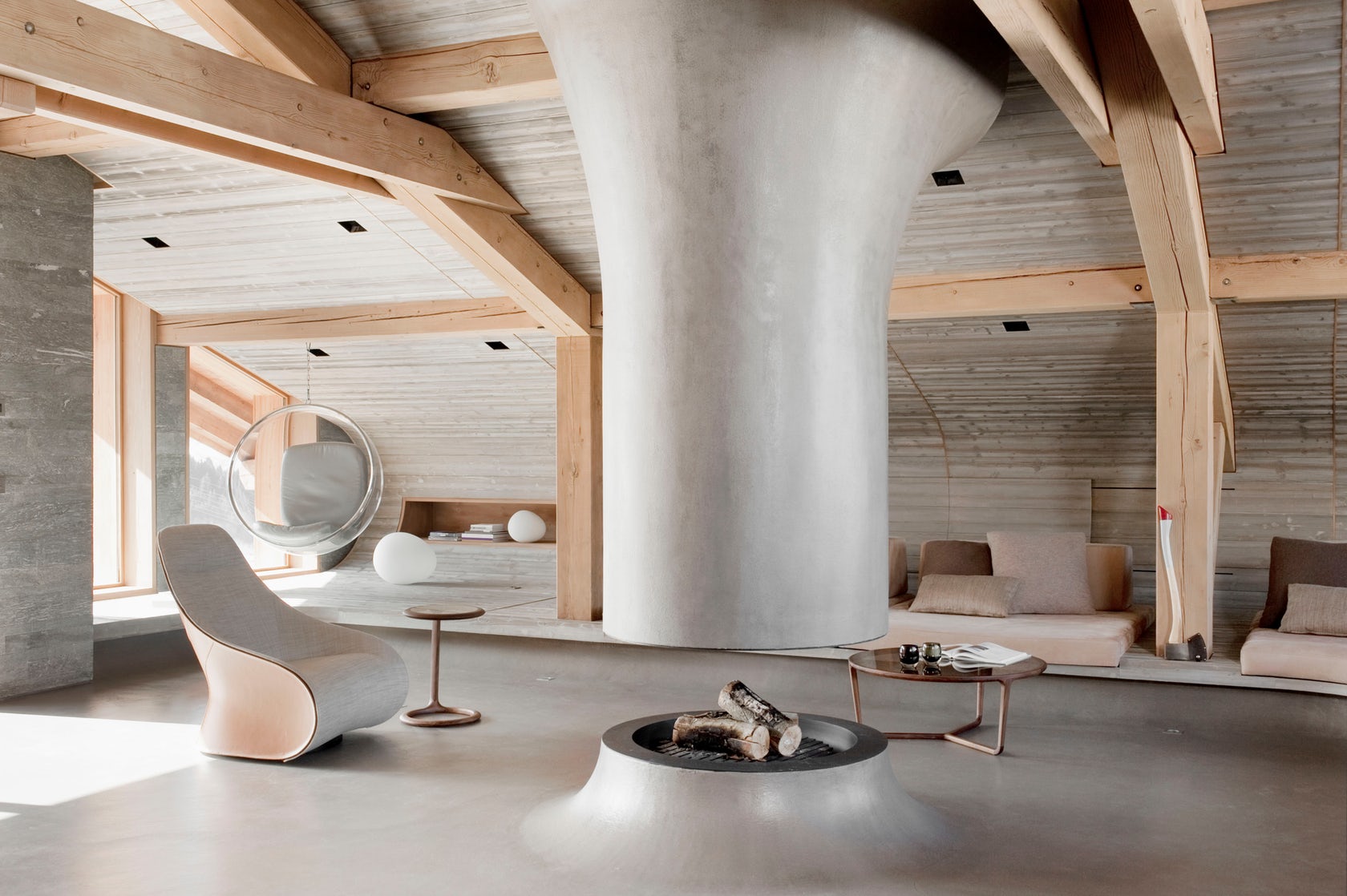
Chalet Berranger by Noe Duchaufour Lawrance features a dramatic, centrally placed wood burning fireplace
Certain measurements will allow to you precisely predict the heat performance of your gas fireplace.
- Input Ratings: The amount of fuel energy that a gas fireplace can consume in one hour.
- Output Rating: The amount of heat supplied by the fireplace to the surrounding area.
Both input and output ratings are usually expressed in British thermal units per hours (Btu/h). A high input rating does not guarantee a high output rating; this will depend on the efficiency of the fireplace. A highly efficient fireplace will burn much less gas in order to supply the same amount of heat as an inefficient fireplace. As a result, heat output is the most important indicator, whenever you are trying to determine the proper size of a gas fireplace.
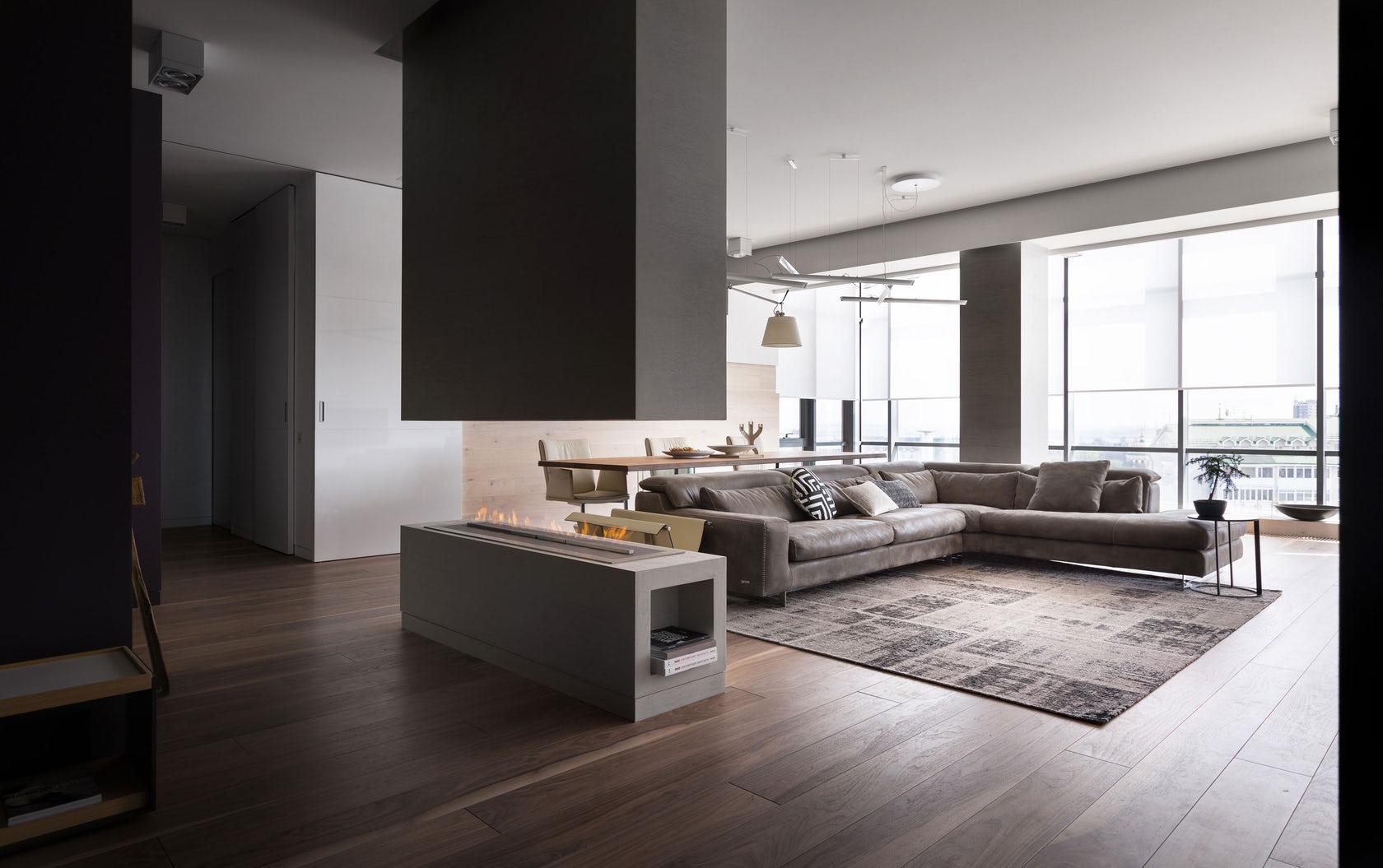
Green elephant by Azovskiy + Pahomova features an environmentally friendly ethanol-based fireplace by Planika Fires
Other features will help you manage the heat conditions of your room and the energy usage of your fireplace.
- Turndown Range: Gas fireplaces allow users to freely dial down the intensity of a flame, helping to prevent over-heating. Turndown ranges facilitate a lower fuel consumption by avoiding the energy loss that occurs when a fireplace is repeatedly turned on and off to maintain a comfortable temperature. Some of the most flexible gas fireplace models can adjust down to 20% of their full heat output. This means that for a 30,000 Btu/h fireplace, the turndown range will allow the user to consume energy at a rate as low as 6,000 Btu/h.
- Automatic Thermostat: Many gas fireplaces also come with automatic thermostat controls. By automatically adjusting the heat output, these thermostats help users keeps a room at a constant and comfortable temperature.
- Heat Distribution: Some gas fireplaces can be connected to ductwork (similar to a furnace) in order to distribute heat throughout many areas of a home or building. Since this requires much more invasive intervention, speak to your manufacturer early on, if this is an option that you are interested in.
- Pilot Light: A pilot light is a small gas flame that ignites the main burner, whenever the unit is turned on. On its own, a pilot light can consume from 600 to 1500 Btu of gas per hour; if left running continuously, this can significantly increase energy consumption and costs. Some gas fireplace models eliminate the need for a pilot light altogether.
- Electronic Ignition: Some fireplaces have an automatic starter, which eliminates the need for a continuous pilot light. These models restart gas combustion every time that a flame is desired. While electronic ignition saves energy, some users prefer having a pilot light since it provides them an auxiliary heat source that does not depend on electricity. This means that even when there is a power failure, they will have no problem producing a flame.
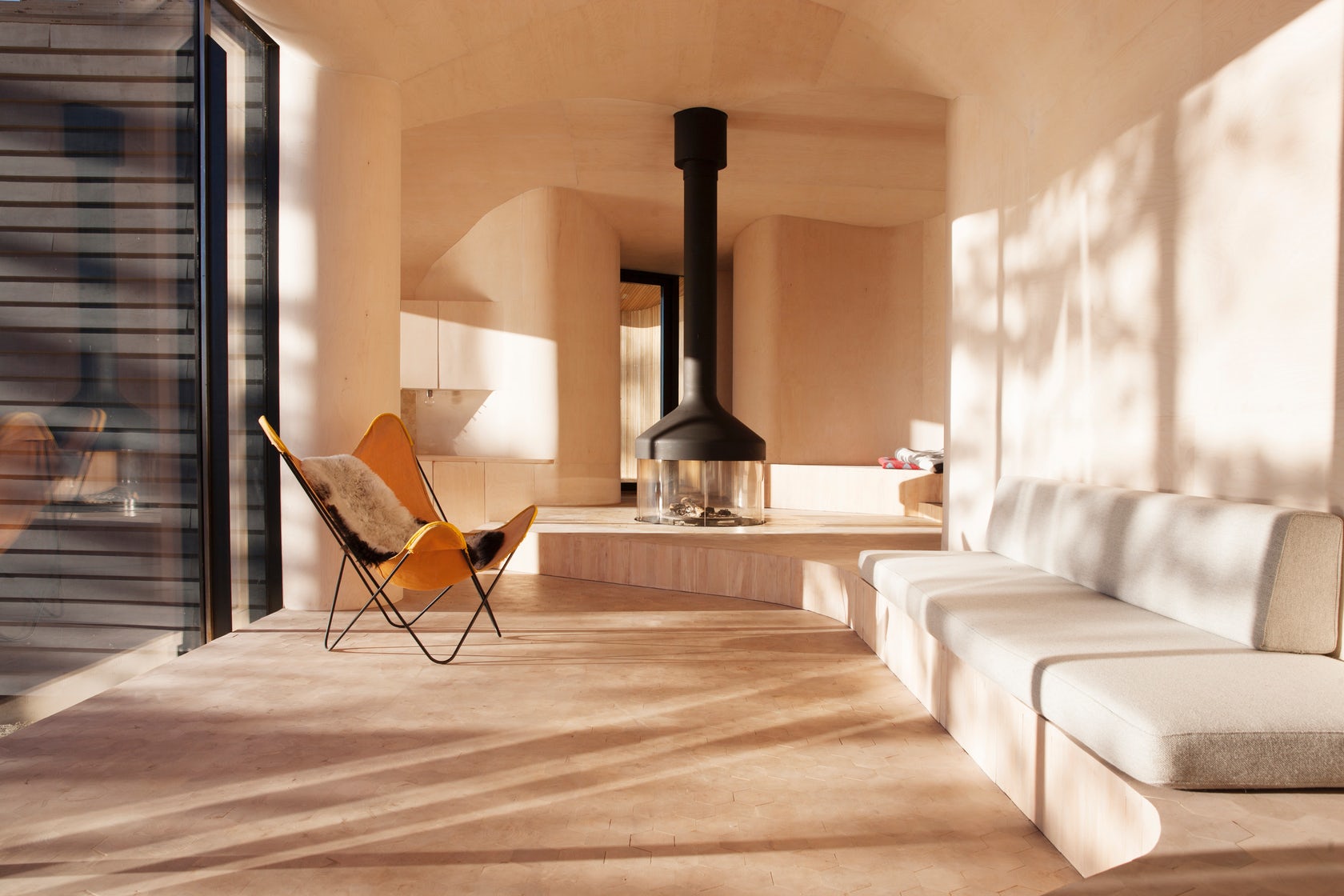
Cabin at Norderhov by AtelierOslo features a gas fireplace by Focus Creation, which affords 360-degree views of the flame
Fireplace Accessories
The various accessories and aesthetic components of a fireplace affect visual enjoyment. However, these elements also play a large part in a fireplace’s performance and energy efficiency. The more that a unit’s surface is exposed to a room, for example, the more readily it will radiate heat to its surrounding area. As a result, freestanding and hearth-mounted fireplaces, which protrude outwards from the wall, tend to have higher heat output efficiencies. In our collection, Red-Hot Designs: 7 Striking Fireplaces for Minimalist Residences, you will find several fireplace design options that you may reference for inspiration.
- Mantel: Mantels are an optional decorative frame that go around the fireplace and its facing. Designs range from minimal and clean-lined to ornate hand- or machine-carved.
- Hearth: Located beneath the mantel, the hearth is the portion of the floor that extends beyond the front of a fireplace. The hearth is made of non-combustible material. Most modern gas fireplaces do not require a hearth; instead, manufacturers suggest leaving 36-inches of clear space in front of or around a fireplace, depending on its shape.
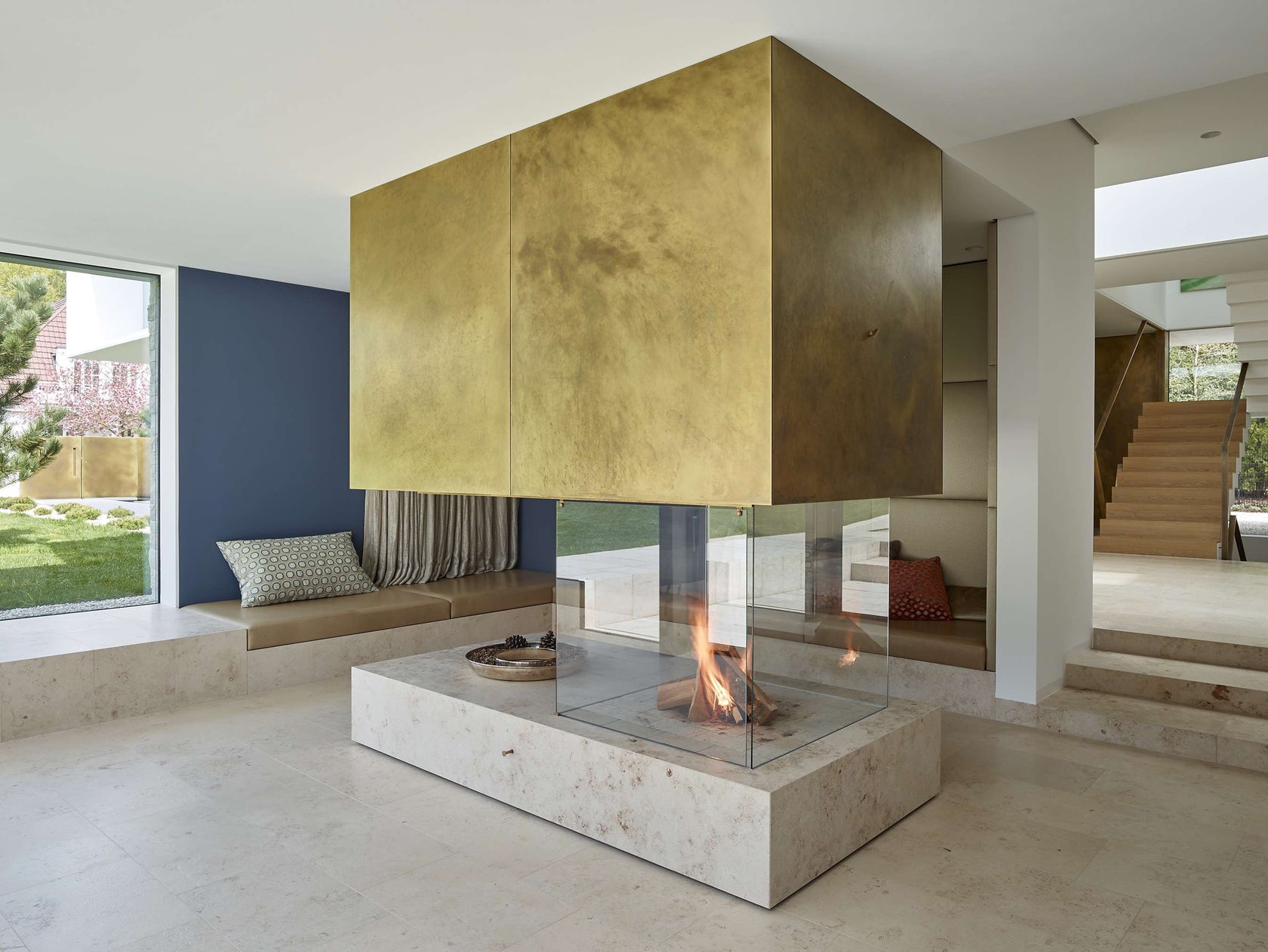
Haus H by Titus Bernhard Architekten features a gas fireplace encased in glass panels on four sides
- Doors and Screens: Many wood burning fireplaces can be specified with glass doors, however doors are not necessary for proper functioning. In contrast, gas fireplaces utilize a glass shield to ensure efficiency and indoor air quality. In these cases, think about the shape that you want your fireplace to appear and whether you want it encased in glass on one, two, three or four sides.
- Gas Logs: Gas logs are painted ceramic logs that give your gas fireplace the look of a wood-burning fire.
- Lava Rocks: Lava rocks are tempered glass or heat-resistant ceramic rocks that sit atop a burner pan, providing a fireplace or fire pit with a robust look. Lava rocks are available in a variety of sizes, finishes, styles and colors.
Whenever you are incorporating a fireplace into your design, we recommend consulting with a certified manufacturer. Fireplaces can easily become a safety concern, so it is absolutely essential to specify the proper components for your particular circumstances.
Case Studies
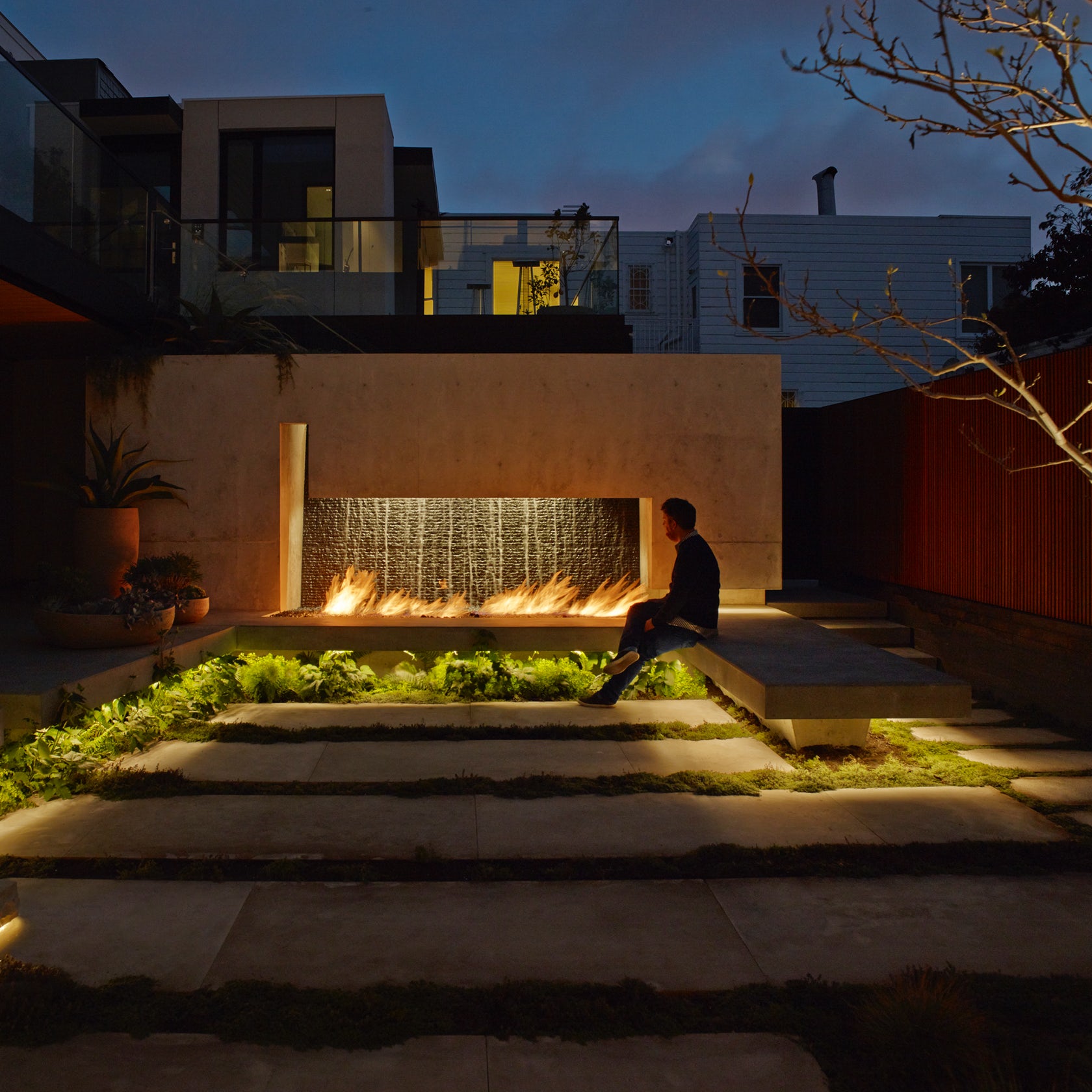
Butterfly House by Surfacedesign; Gas Fireplace by Black Diamond
Turning Up the Heat: 5 Elegant Gas Fireplace Designs
Though gas fireplaces need to be carefully regulated and specified due to emissions concerns, manufacturers and designers are exploring new designs that provide exciting alternatives to traditional models. These range from in-wall and freestanding systems to floating designs. Drawing from the Architizer database, we’ve rounded up a collection of gas fireplaces to help you find the perfect fit for your project.
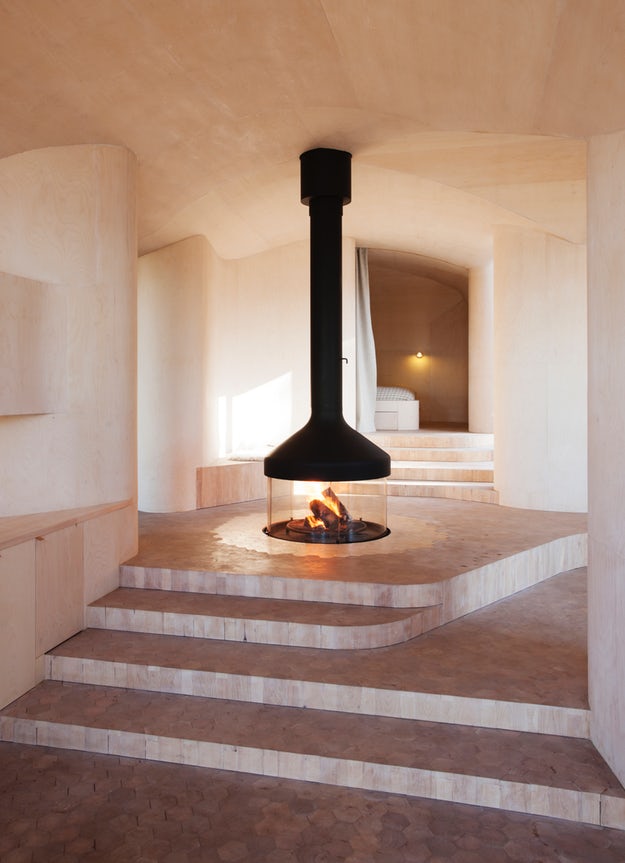
Cabin at Norderhov by AtelierOslo; Gas Fireplace by Focus Creation
Red Hot Designs: 7 Striking Fireplaces for Minimalist Residences
Categorized into freestanding, floating and in-wall fireplaces, this collection includes seven stunning fireplaces — both wood and gas burning — that act as transfixing centerpieces within Minimalist cabins or homes.
The jury and the public have had their say — feast your eyes on the winners of Architizer's 12th Annual A+Awards. Subscribe to our Awards Newsletter to receive future program updates.

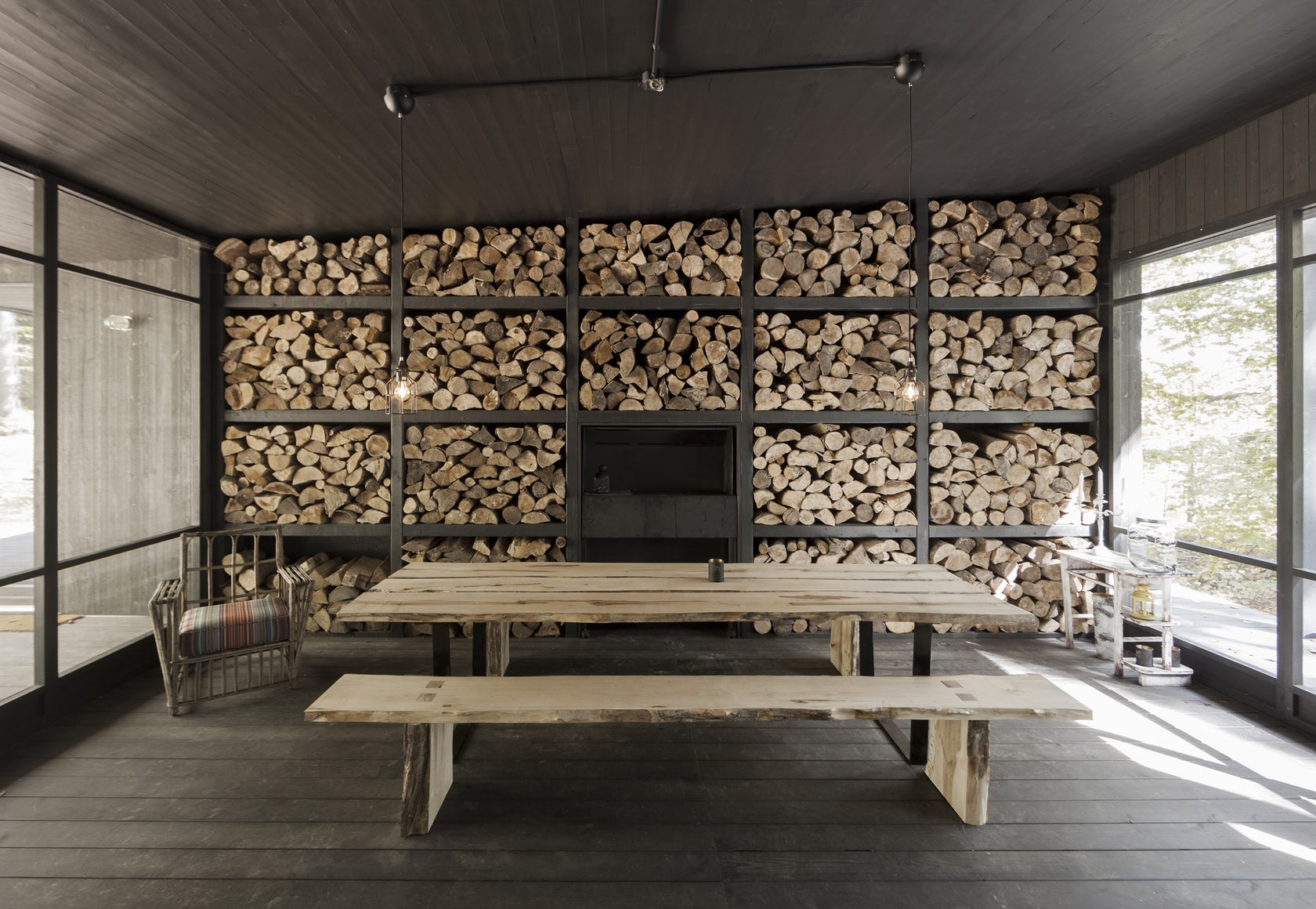
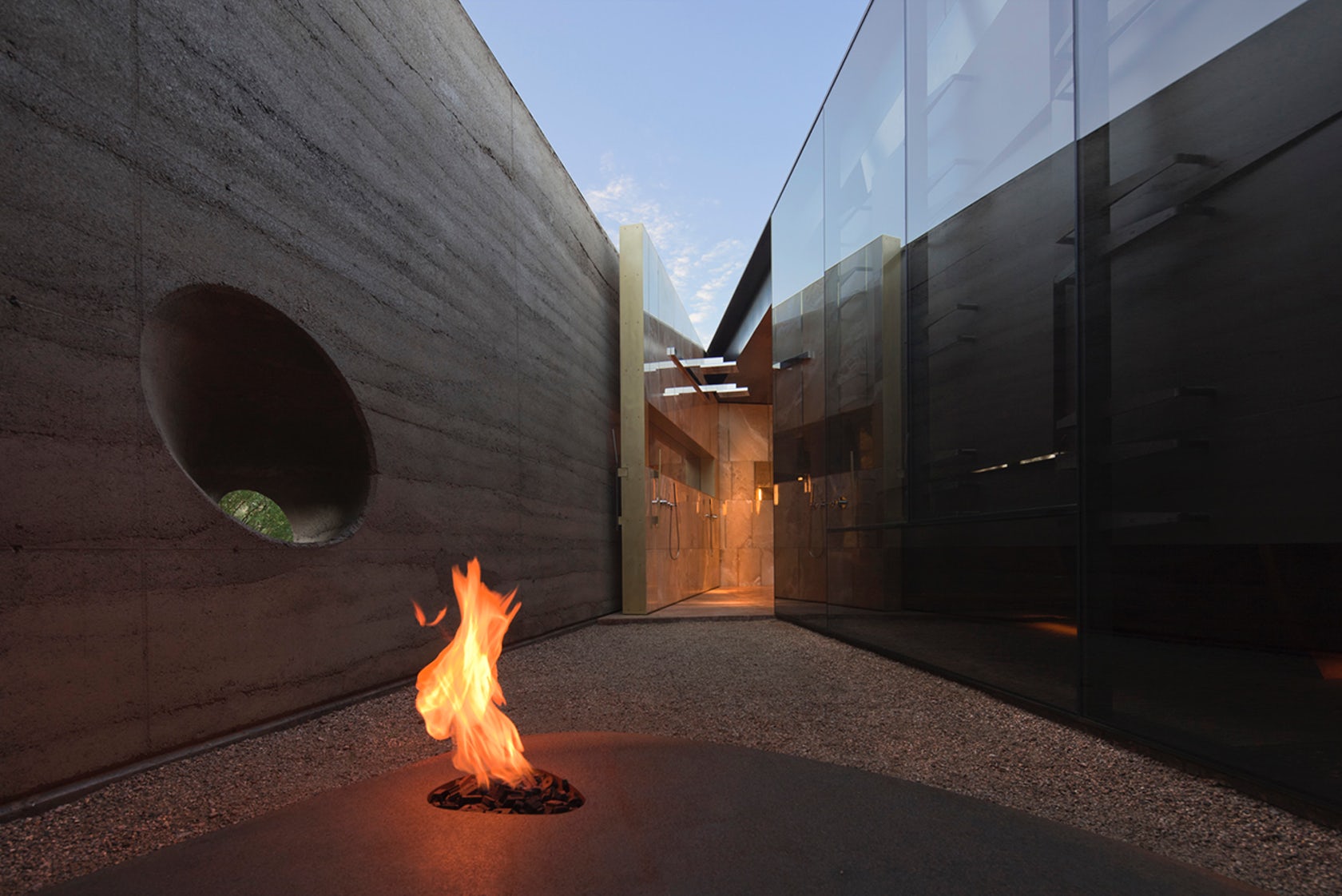





 Cabin at Norderhov
Cabin at Norderhov  Chalet Berranger
Chalet Berranger 